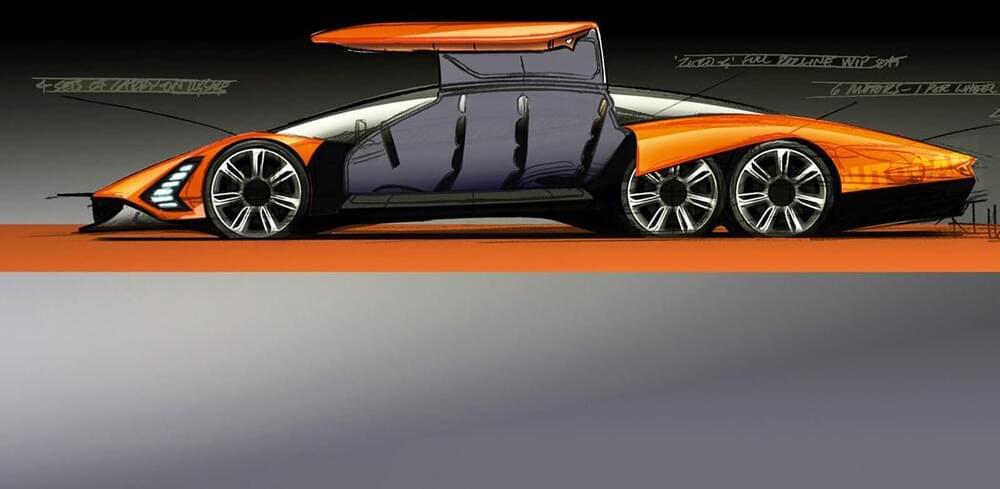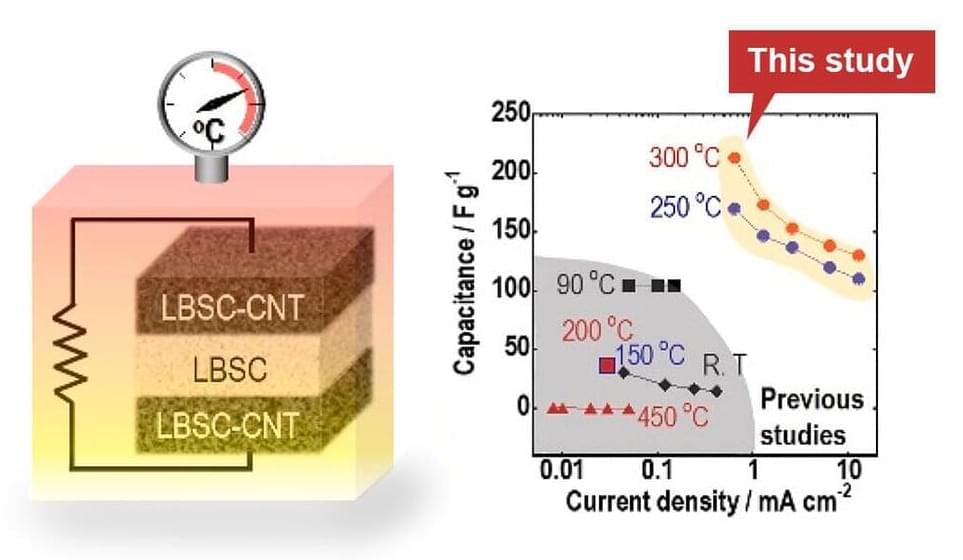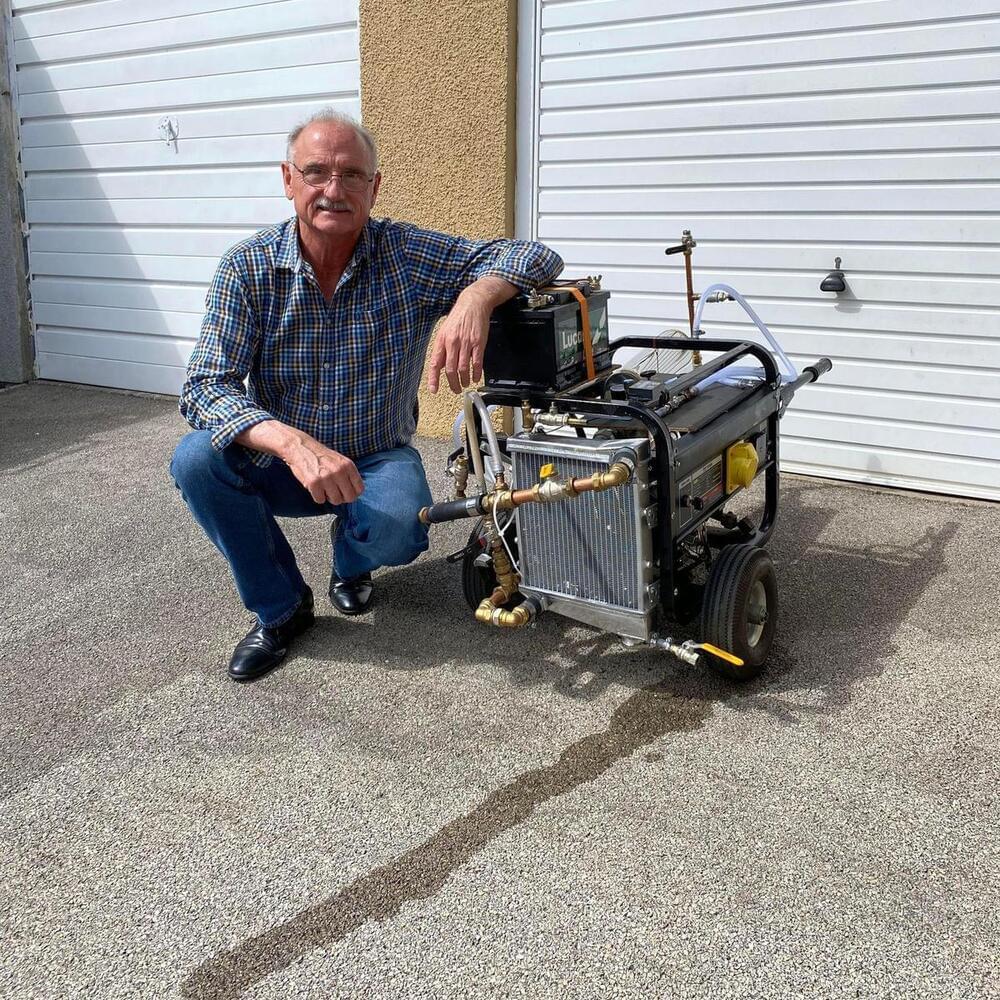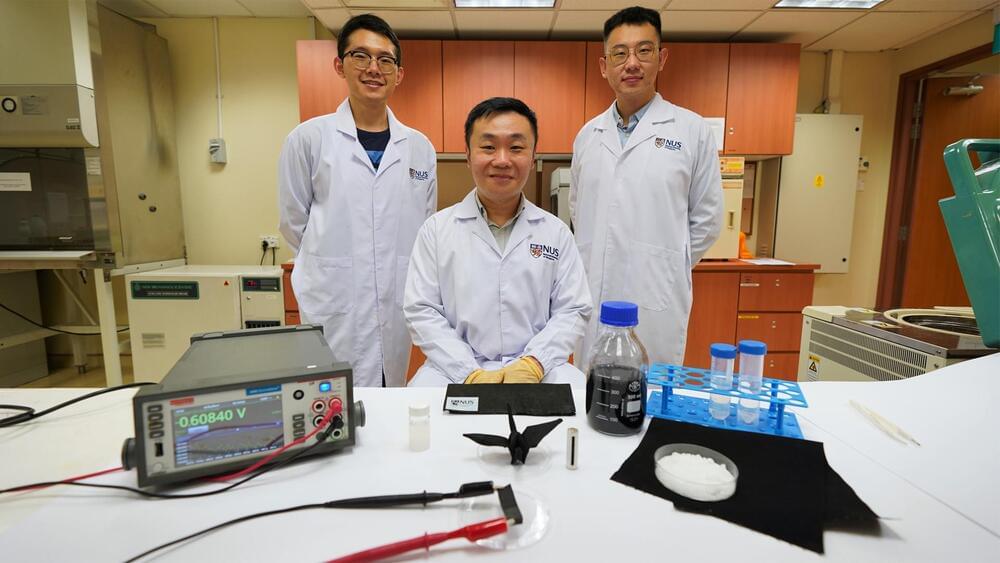A “bio-battery” made from genetically engineered bacteria could store excess renewable energy and release it as needed.




Meet ROSS, Russia’s new space station.
But unlike the ISS, ROSS won’t have permanent residents year-round. Instead, it will only host cosmonauts “twice a year for extended periods,” according to Reuters.
ROSS is still years out and shrouded in secrecy, so it’s hard to predict exactly how the new space station could surpass the ISS’s capabilities.
Roscosmos officials have told Russian state media that the station will likely orbit at higher latitudes than the ISS does. This could offer a better view of the Earth’s polar regions, which Russian researchers could analyze with optical, infrared, ultraviolet instruments. After all, Russia’s borders cover 53 percent of the Arctic Ocean’s entire coastline, and the country likely wants to use ROSS to chart northern sea routes as climate change melts Arctic sea ice.

Hennessey has revealed further details about its first electric car, the six-wheeled Project Deep Space grand tourer with a mind-boggling power output and a $3 million (£2.25m) price.
The outlandish EV — rendered by Autocar above, based on official sketches — will feature a central driving position within a diamond-shaped four-seat layout.
American luxury GT will appear in show form in 2024; priced from £2 million, targeting 620 miles on each charge.
The invasion that Russia has wrongfully started in Ukraine has led to more people talking about the threat of Nuclear war and World War 3. How does the Doomsday Clock relate to all this?
And Lifespan News: https://www.youtube.com/LifespanNews.
Support the great work being done by Lifespan, the team powering Life Noggin: https://www.lifespan.io/life-noggin/
Script:
Since 2020, the Doomsday Clock has been set to 100 seconds to midnight. Which is the closest its ever been to midnight in its 75 years of existence. As the scientists who set the clock put it: we’re “at doom’s doorstep.”
The Doomsday Clock is a metaphor to remind humans how close we are to destroying our planet through the technology we develop, with midnight representing the apocalypse. It’s a symbol to remind us to address these dangers so that we can survive on our planet. It was created by the Bulletin of the Atomic Scientists, an organization founded by scientists at the University of Chicago who worked on the Manhattan Project, which was America’s effort to develop atomic weapons during the Cold War.
When the Doomsday Clock debuted in 1947, its creator, artist Martyl Langsdorf, set it to 7 minutes to midnight. She was married to a physicist who worked on the Manhattan Project. When she heard him and other scientists talk about the consequences of developing this dangerous technology, she created the clock to show that we didn’t have much time left to get atomic weapons under control.

Society for Science.
As per Smithsonian Magazine, his new invention could one day transform the electric vehicle (EV) industry. It is a synchronous reluctance motor with improved performance over previous models.

Capacitors are energy storage devices—consisting of two electrodes and an electrolyte—that are capable of rapid charging and discharging because of charge adsorption and desorption properties at the electrode-electrolyte interface. Because capacitors’ energy storage does not involve chemical reactions, their storage capacity is lower than that of lithium-ion batteries, but they are useful for power leveling for renewable energy that requires repeated charging at high currents, regenerative braking energy for trains and electric or hybrid cars, as well as instantaneous voltage drop compensation devices that prevent equipment failure due to lightning strikes. They are also expected to be used to store energy for wearable devices in the near future.
Most capacitors use a liquid electrolyte with a low boiling point, which can only be used at temperatures below 80℃. Ceramic capacitors that use solid inorganic materials as a dielectric can be used at temperatures above 80℃, but their storage capacity is much lower than liquid electrolyte capacitors, which limits their use to electronic circuits.
To increase the energy storage of capacitors, it is necessary to have a large contact area at the interface between the electrode and the electrolyte. Making a large contact area is difficult using solid electrolytes; so, the creation of a capacitor with high storage capacity that can also operate at high temperatures has been desired for a long time.

I interviewed the gentleman talked about in this article yesterday. If his invention is what he says it is, deploying it to convert the existing inventory of billions of internal combustion engines would get us to net-zero emissions a lot faster.
A POWYS inventor has unveiled a zero-emissions internal combustion engine, which he says could be a game-changer in the fight against climate change.

This new invention is highly scalable since its raw materials are commercially available and easy to access.
A team of researchers from the National University of Singapore’s (NUS) College of Design and Engineering (CDE) has developed a self-charging electricity generation (MEG) device that generates electricity from air moisture, according to a press release by the institution.
Imagine being able to generate electricity by harnessing moisture in the air around you with just everyday items like sea salt and a piece of fabric, or even powering everyday electronics with a non-toxic battery that is as thin as paper. A team of researchers from the National University of Singapore’s (NUS) College of Design and Engineering (CDE) has developed a new moisture-driven electricity generation (MEG) device made of a thin layer of fabric — about 0.3 millimetres (mm) in thickness — sea salt, carbon ink, and a special water-absorbing gel.
The concept of MEG devices is built upon the ability of different materials to generate electricity from the interaction with moisture in the air. This area has been receiving growing interest due to its potential for a wide range of real-world applications, including self-powered devices such as wearable electronics like health monitors, electronic skin sensors, and information storage devices.
Key challenges of current MEG technologies include water saturation of the device when exposed to ambient humidity and unsatisfactory electrical performance. Thus, the electricity generated by conventional MEG devices is insufficient to power electrical devices and is also not sustainable.